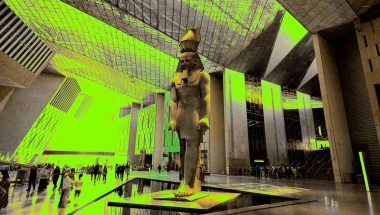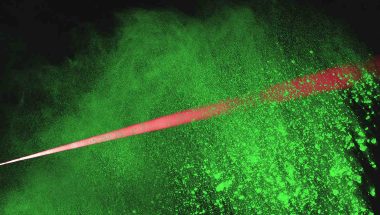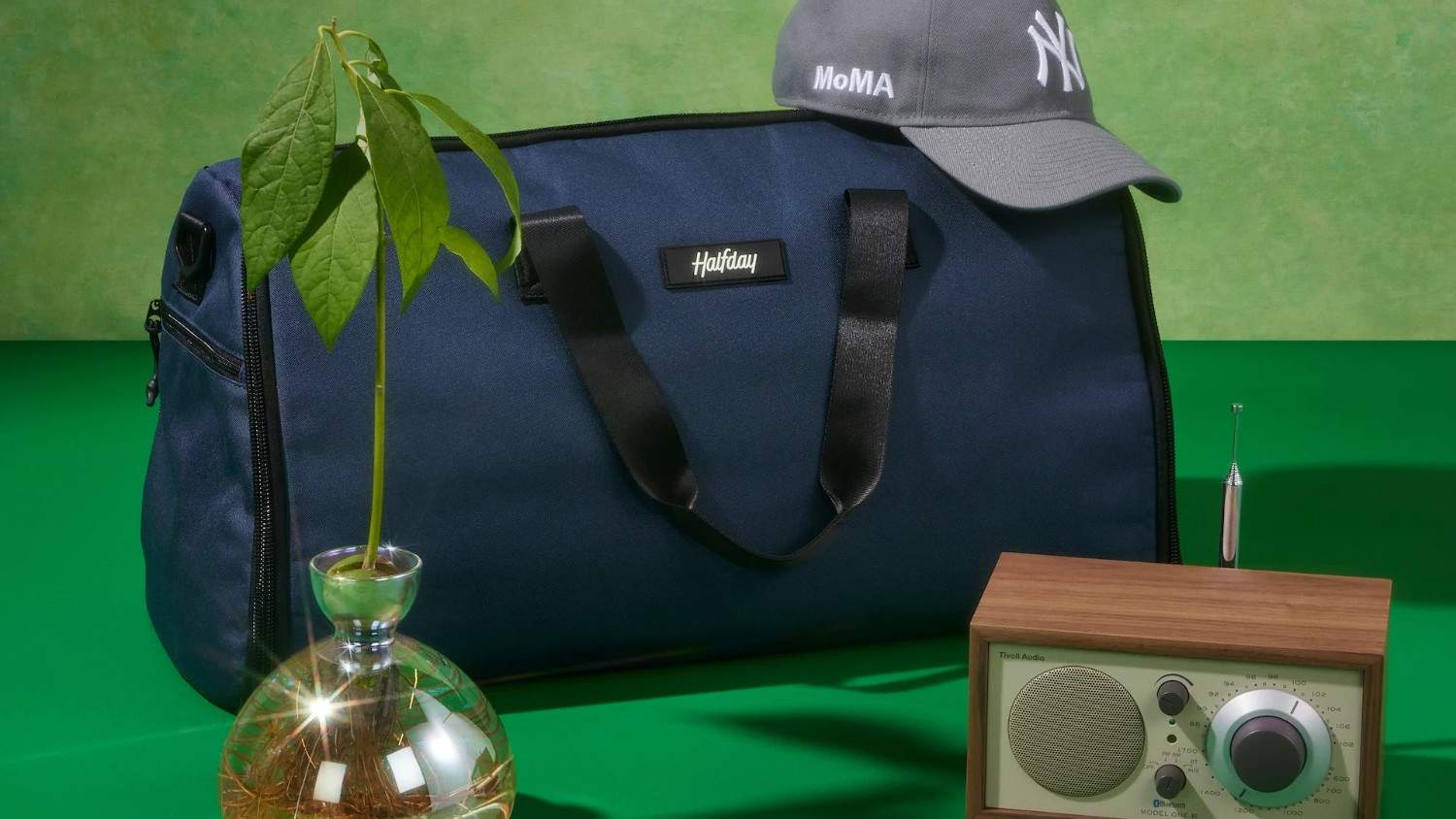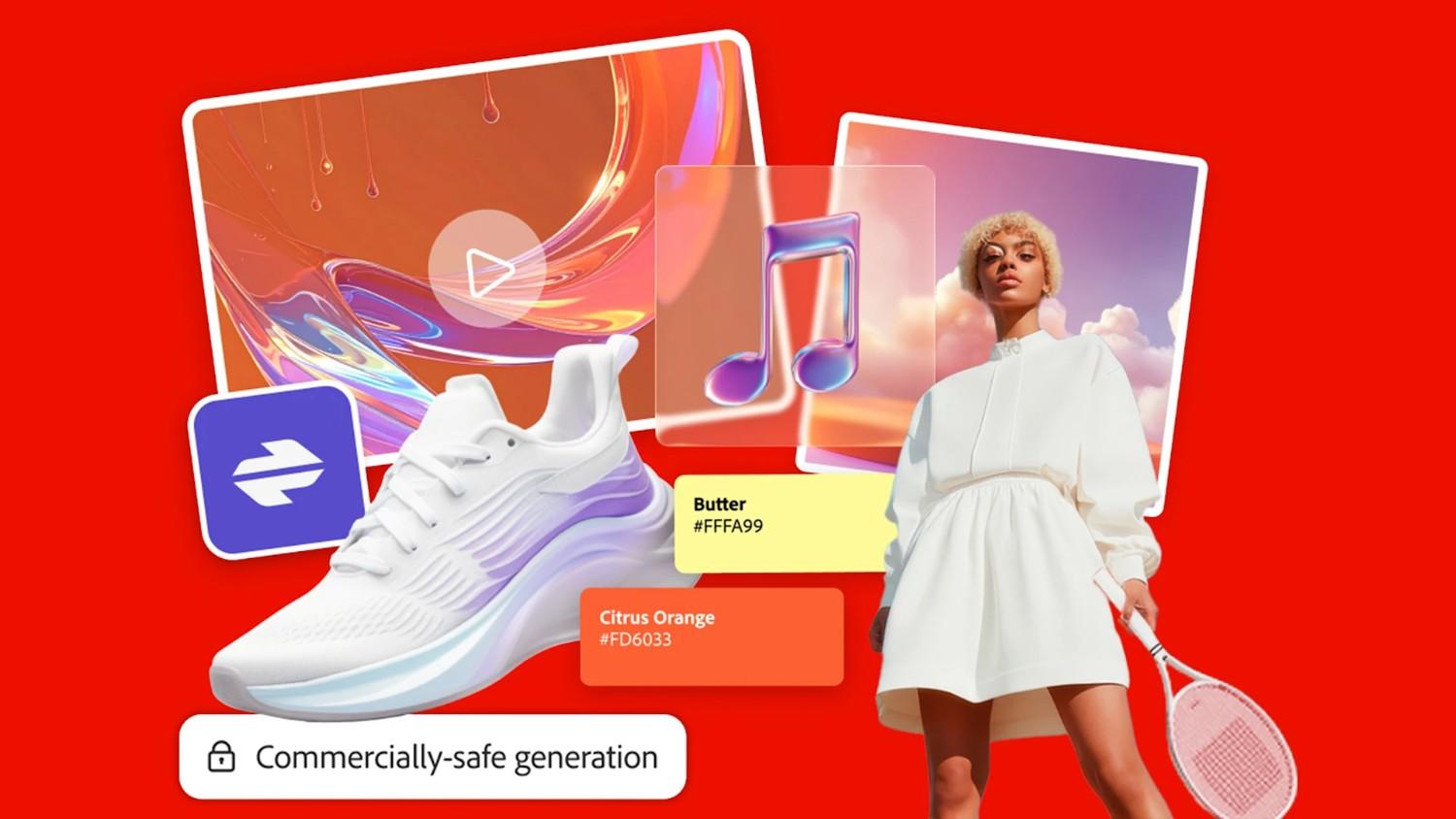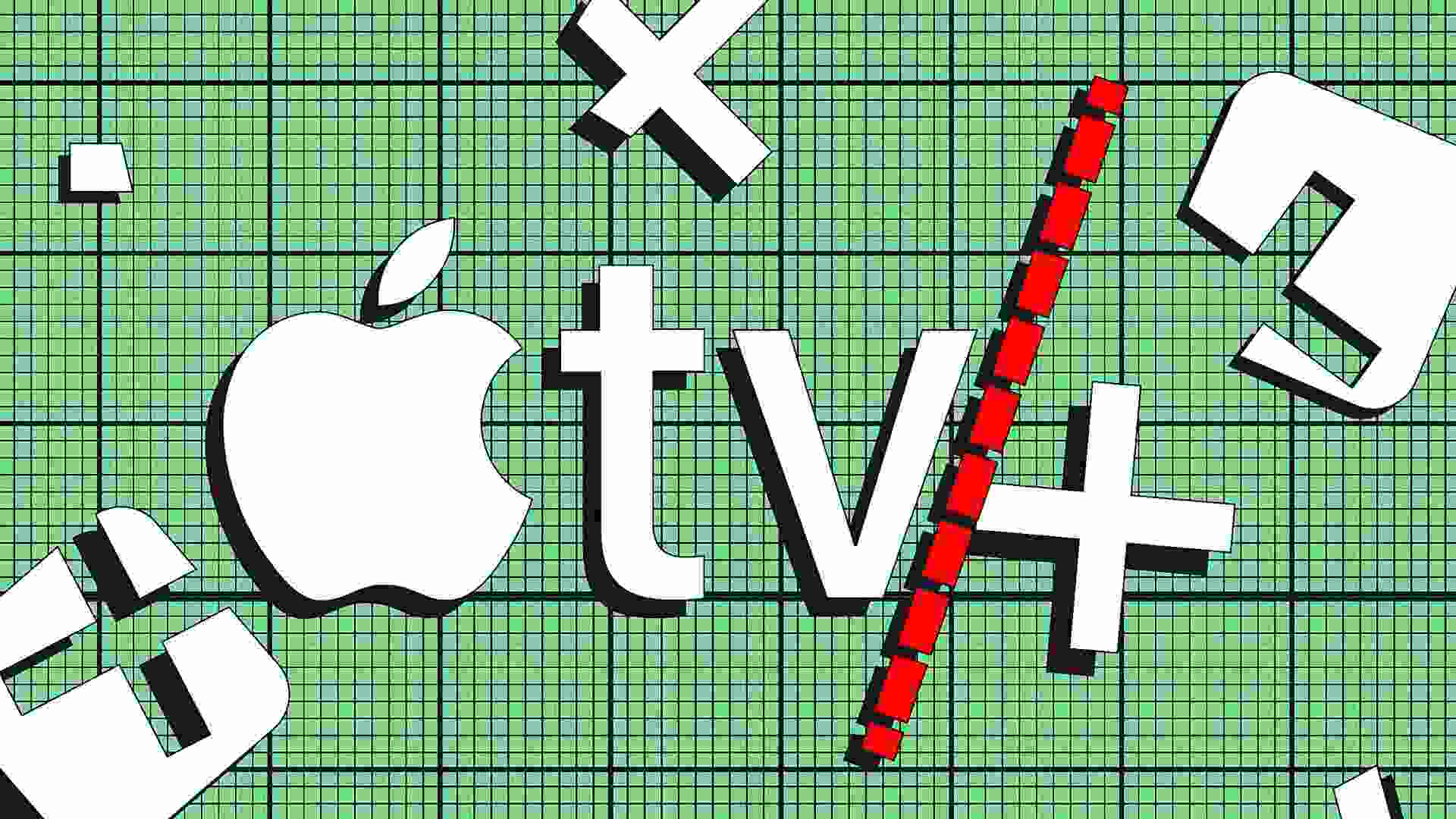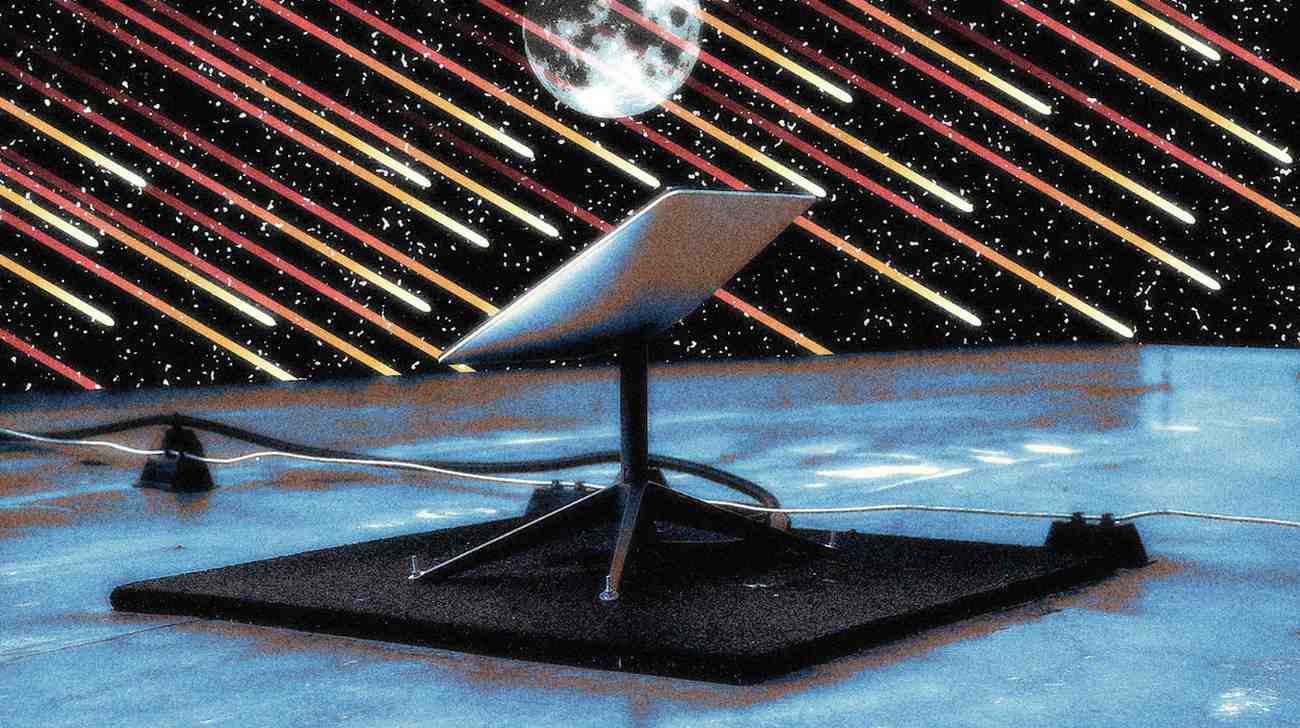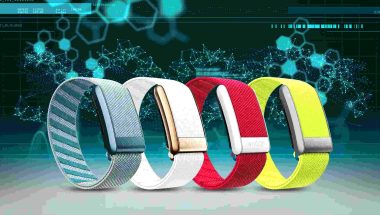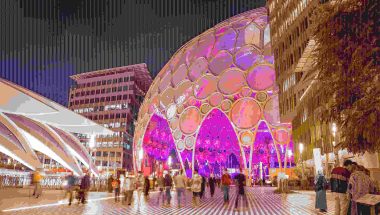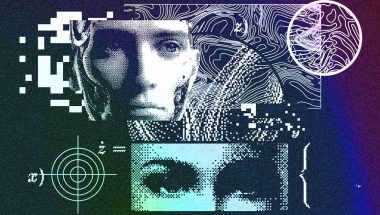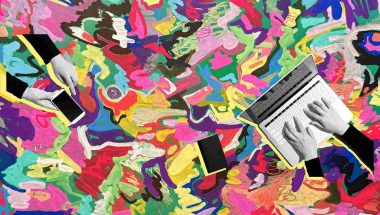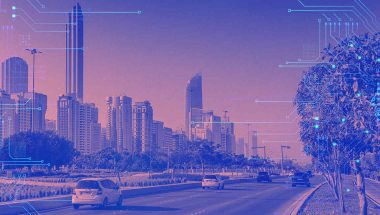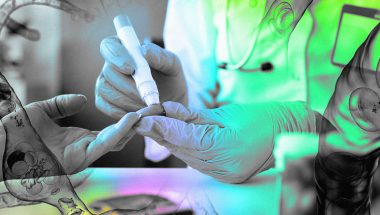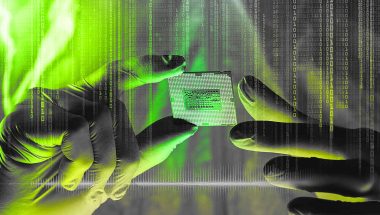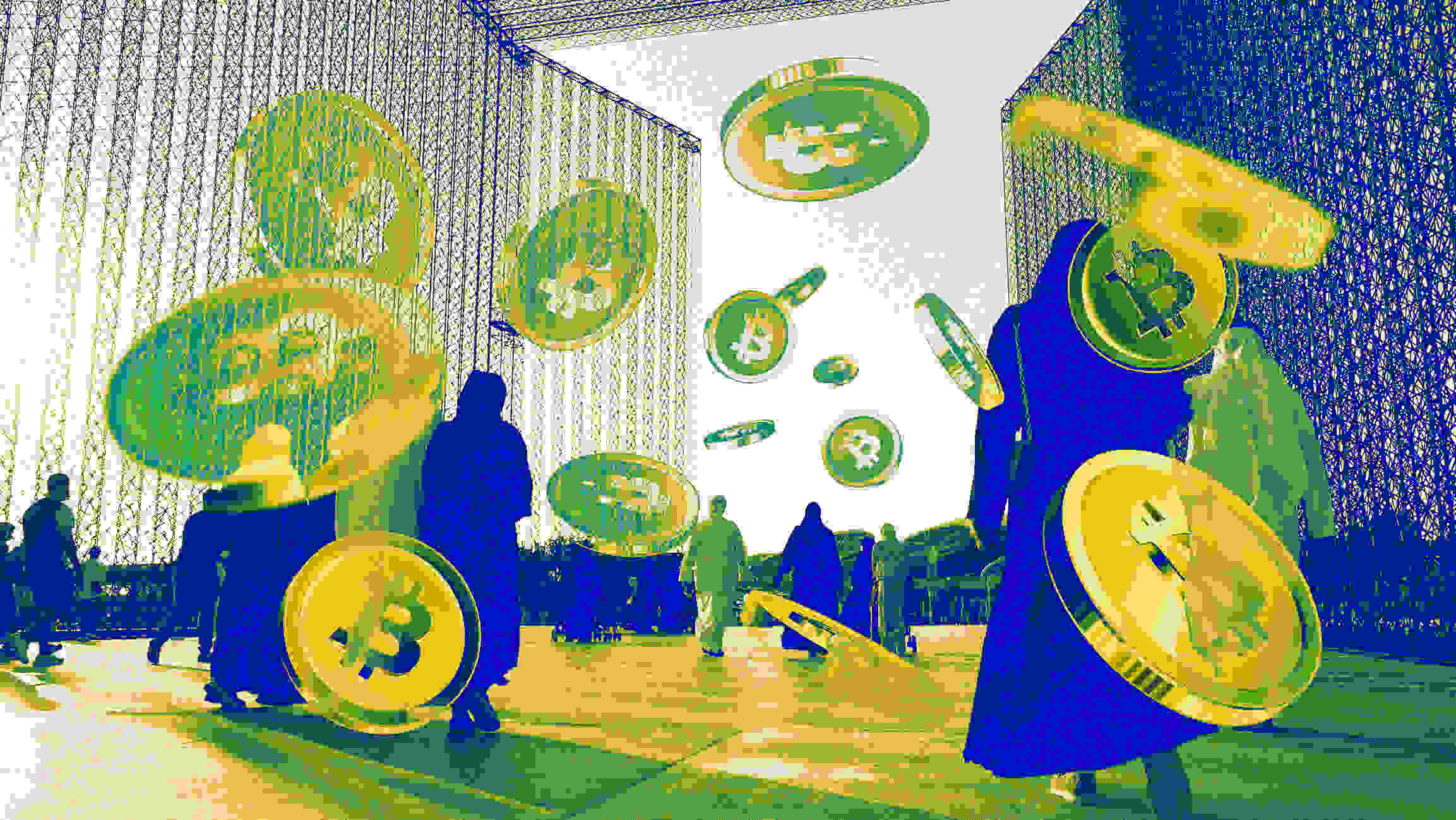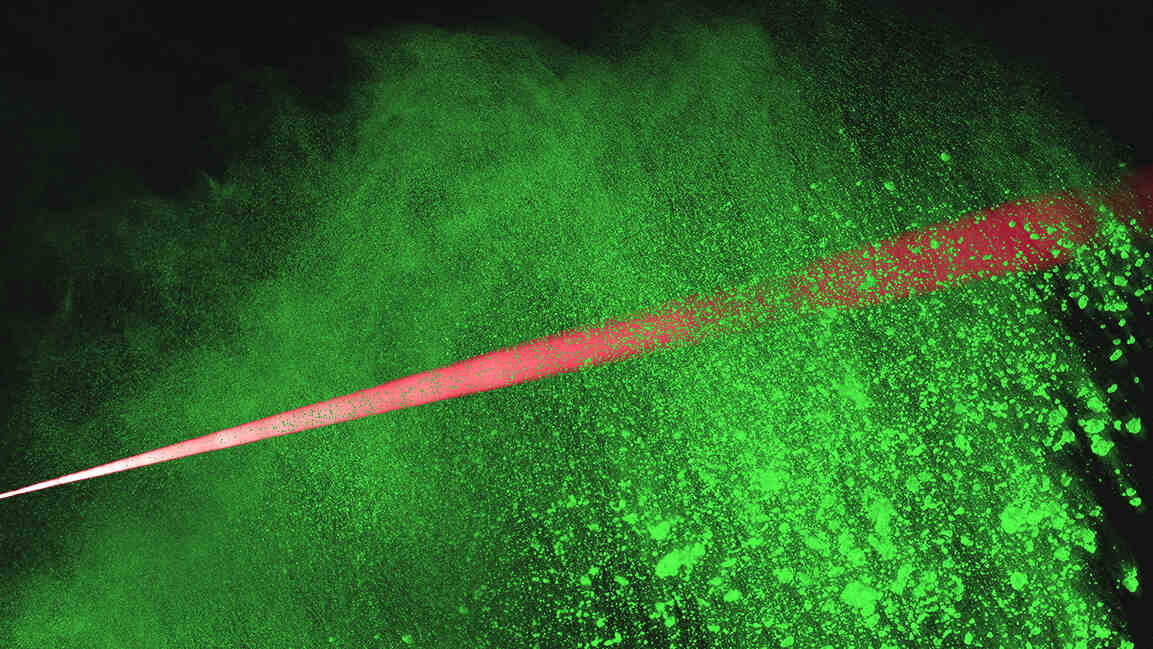- | 8:00 am
Not even makeup artists are safe from generative AI
From makeup artists to costume designers, AI advancements are plotting the end of creative jobs.
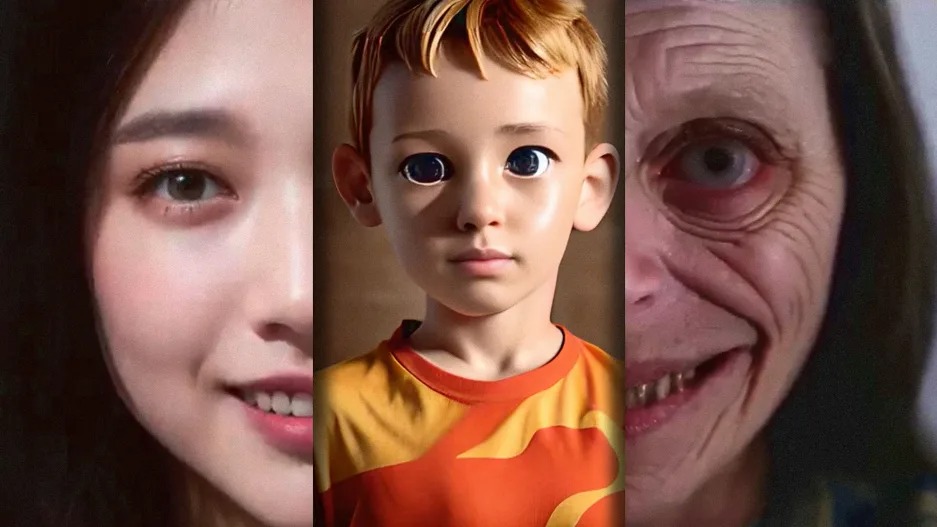
As predicted, the erosion of reality continues its course, with fake explosions near the Pentagon; scammers who use voice alteration and real-time deepfake video to pose as friends and family in order to steal hundreds of thousands of dollars; and professional photographers who are just like, “Okay, screw this, I’m outta here!” before sending AI-generated images to clients who were expecting real photos.
At the same time, there’s plenty of good emerging in the world of AI, with tools that make it easier to be creative (even if many of the best advancements might ultimately make it harder for creative people to make a living). AI is a real dichotomy, and this week’s roundup is proof of that—with tools that include a workflow that can change people’s makeup in videos, the creation of 360-degree virtual worlds with a few rough brushstrokes, the ability to alter people’s costumes with a click, and metahumans, who have come alive.
THE END OF MAKEUP ARTISTS IS NIGH . . .
The movie industry believes manual jobs like costume creators, set builders, and makeup artists are safe from the advent of generative AI. Well, watch this video (here in HD) demonstrating how AI-generated makeup works, and think again:
Self-described artificial intelligence creative director Freddy Chávez Olmos used a bunch of tools to create the video—including Leonardo.Ai, an AI production suite for content creation, and EbSynth, which reshapes entire video clips by just painting over a single frame. He modified existing footage from a commercial film, completely changing the makeup of the actors in it. No complex rigs were required. Just a guy with a computer. Soon, it will be as easy to use in production environments as a TikTok beautifier filter.
Of course, these are just tiny clips, and it shows horror-picture makeup examples. The actual technology may not be ready for a full production, and it may not be cost effective right now, but it will be eventually. This shows where things are headed: a future in which anyone will be able to modify the makeup of a person’s face, from the subtlety of a morning wake-up look to Freddy Krueger.
. . . AND FOR COSTUME DESIGNERS, TOO
Here’s a clothing experiment using Runway’s Gen-2 video generator made by a self-described “AI/3D/Digital Artist/Shout Caster/Voice Actor/Twitch Streamer/Anime Fan/Animator/Father,” called Timmy.
According to his description, he found a composition he liked and used it as a seed combined with different clothing images. The result is what you can see above: instant costume changes. He cautions that it will take some time to change the character and the composition, but you get the idea of where we are headed.
SKYBOX: DOODLE FANTASTIC LANDSCAPES
Perhaps you already know the gorgeous Blockade Labs’ Skybox, a page that allows people to materialize a virtual landscape with just a few words, using a couple of dozen styles. This generative AI outputs full 360-degree panoramas with depth maps, so people can use them in anything from game creation to video production and image compositing.
Now it got even better: Rather than just using a text description and allowing Skybox to improvise, you can access a mode for painting with a brush, guiding the creation of shapes and objects in a landscape.
METAHUMANS COMBINED BY CHATGPT
This week’s eye candy comes courtesy of the metahumans, photorealistic 3D characters created with the gaming- and video-production platform Unreal Engine. The metahumans are not made with AI, but now they can be plugged into ChatGPT, as technical artist Youngjo Cho demonstrates in the video below.
I don’t know exactly where this is going, but you can imagine using Unreal Engine’s metahuman tech for any instance where you need a fake human that looks, talks, and reacts like a real one. This will be great tech, at least until 3D disappears altogether in a few years, as Nvidia’s VP for applied deep learning research Bryan Catanzaro told me in an interview late in 2022. Eventually 3D will be fully replaced by AI-generated beings that look a lot more realistic than 3D models ever could.







